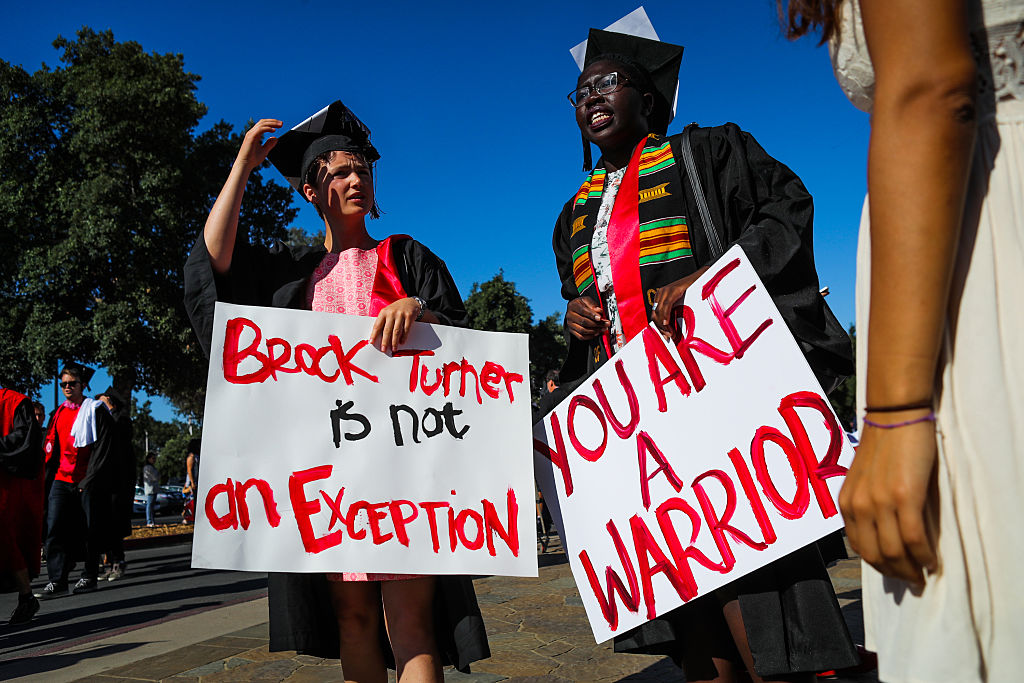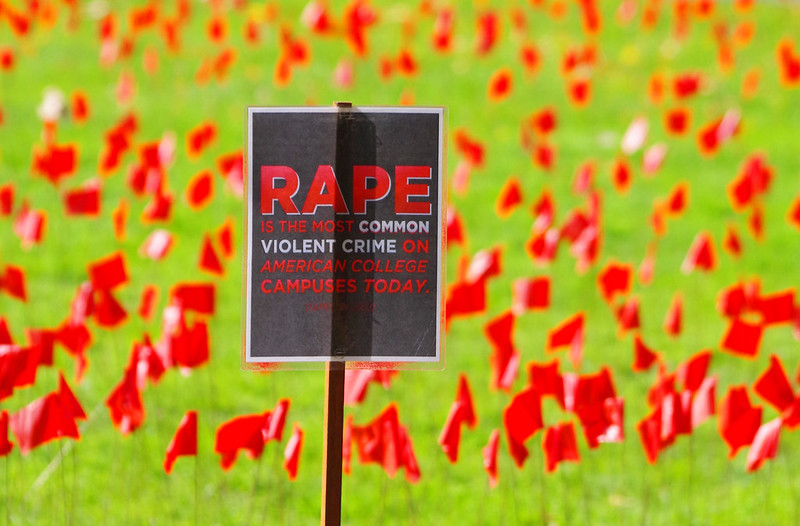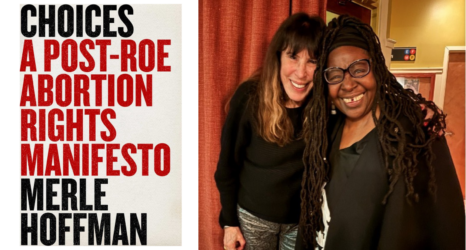Over 50 percent of college sexual assaults happen between orientation and Thanksgiving. How can schools better protect students?

Welcome to the best years of your young life. That is the promise of colleges and universities across the nation as eager freshmen step foot onto campus and approach one “threshold” between childhood and adulthood. Undergoing immense personal and professional growth and transformation, students will enroll in specialized classes, congregate with new people, and immerse themselves in a plethora of new and exciting opportunities and experiences. But for nearly two million university students in the U.S., one experience can derail the idealized “college dream”: campus sexual violence.
Sexual violence and campus sexual violence are, of course, not novel issues. In 1995, Lonnie Bristow, then-president of the American Medical Association deemed sexual assault a “silent violent epidemic.” And for decades, we’ve witnessed innumerable cases and protests of students, survivors and allies—with over 300 protests just last year—demanding change and accountability across the country. Still, the issue of sexual violence at colleges and universities both on and off campuses (e.g. university-affiliated off-campus housing, study abroad, university sponsored events) persists, affecting an estimated one in 10 undergraduate and graduate/professional students.
With over 50 percent of incidents occurring during the first few months of the semester (generally September to November), author Robin Warshaw deemed this period of time the “Red Zone” in her 1988 study examining rape against undergraduate women. And although mainstream discussions of rape have historically focused on women, sexual violence in any form can affect anyone, regardless of gender, sexual orientation or community affiliation; in fact, transgender (especially transmasculine), non-binary and queer individuals experience disproportionately high rates of sexual violence.
Students deserve an educational environment free from violence and, if and when violence occurs, a school that supports them and provides them with necessary resources.
Corroborating Warshaw’s study of the “Red Zone,” a 2014 U.S. Department of Justice study found that known incidents of sexual violence occurring from September to October against all freshmen accounted for more than the combined incidents of the next four months, with studies noting alcohol use, lack of robust institution-sponsored prevention education, and general unfamiliarity with their new surroundings as potential risk factors.
But why should a student, rightfully exploring new surroundings and experiences, ever be faced with the question: “Will my school support me if something happens?” Sexual violence and subsequent traumas are never the faults of the survivors; they are the sole faults of the perpetrator(s) and the failings of educational systems post-incident. Students deserve an educational environment free from violence and, if and when violence occurs, a school that supports them and provides them with necessary resources.
It takes a village of various providers—on and off campus—to make each survivor’s unique healing journey possible. From legal aid to medical care, counseling, housing assistance, and prevention and awareness programs, individual nonprofits, for-profit organizations, rape crisis centers, and some schools have worked for decades to address the crisis in our schools. Yet, the available care is not always advertised, accessible, affordable or comprehensive due to budget or staffing constraints, geographic placement or other barricading factors, including state-wide and/or school-based policies or retaliatory measures that inhibit students and survivors from seeking and accessing care or education. This must change, and to some degree, it has.
At the federal level, students, survivors and advocates have joined together to push policy changes reflecting nationwide conversations around resource needs, transparency and inclusivity of all survivor identities. We’ve seen this in amendments to The Clery Act (e.g. Campus Sexual Assault Victim’s Bill of Rights in 1992 and CampusSaVE Act in 2013) and more recently, in the activism of student-led groups like The Every Voice Coalition, SafeBae, and Know Your IX, which pushed the Department of Education to announce the Title IX Notice of Proposed Rulemaking to overhaul DeVos’ harmful Title IX regulations.

While these are important steps forward, additional legislation expanding both prevention and response resources must be enacted to respond to the long-documented “Red Zone.” Acknowledging this need and adopting a state-by-state approach, The Every Voice Coalition (EVC), a student, survivor- and young alumni-led nonprofit, has advocated for annual prevention and safety programming and increased transparency of on-campus and off-campus resources in their student-written, survivor-centered legislation, six of which are now law in New Hampshire, Massachusetts, Connecticut, Illinois, Nevada and Maine.
Centering the voices and needs of students and survivors, EVC is addressing systemic gaps in higher education’s approach to handling campus sexual violence, and through the collective efforts of in-state advocates, medical and legal professionals, rape crisis centers, legislators, students and young alumni, EVC’s approach ensures that a baseline of trauma-informed resources are guaranteed state-wide to all students and staff, regardless of the institution’s location or status as a private, public or community university.
The exact impact of these measures may be difficult to immediately quantify, but even the knowledge of safety and support and the slightest wash of calm or security for a student, survivor, guardian, advocate or university staff member, especially those stepping onto campus for the very first time, is immeasurable. The start of the school year is already filled with a mix of emotions: excitement, stress, curiosity and fear, among others; students should not be burdened with the “Red Zone,” which for many is an additional source of anxiety. When we collectively push for policy change to close systemic resource gaps, hold meaningful conversations about sexual violence, and center the voices and experiences of students and survivors, one message unmistakably reverberates across the next generation of college students: Your safety matters.
Read more:





